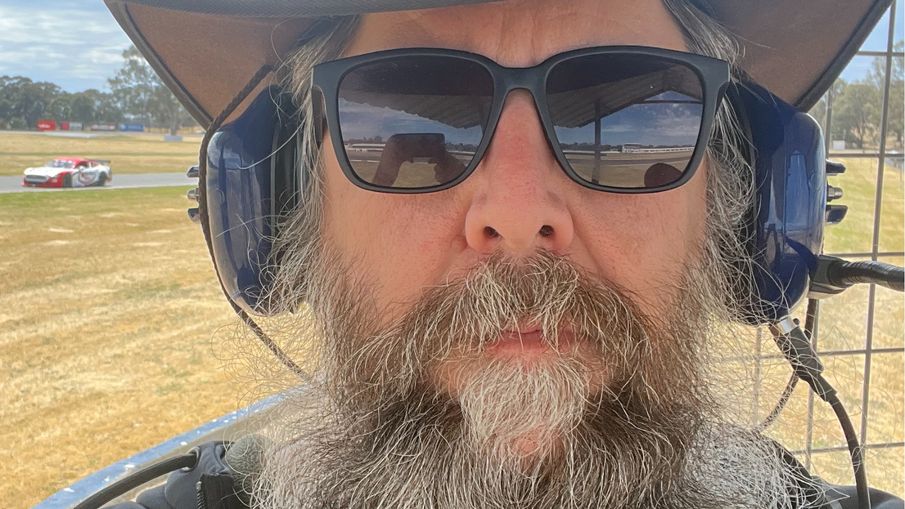[VFT] Keep It Short!
I’m writing this quickly as the magazine deadline was yesterday, but I thought it was worth sharing my experience from the CFA, random conferences and also my involvement (as short as it has been) in motorsport. The topic I’m writing about? Radio communications.
At every event I’ve been to, a request has been made to keep the radio communications short and to the point. There’s also usually a request to prioiritise your reporting. These requests aren’t for fun, they’re specifically to reduce risk and potentially save a life. It’s the same reason we ask race control if we can send a message before sending it, they have an overview of the circuit and can prioritise urgent calls.
As part of my general firefighter training at CFA, we were constantly reminded to keep messages short at clear. It seems obvious that in firefighting this could make the difference between someone living and dying; but it’s just the same in motorsport. Our radio systems are asynchronous, that means they can only communicate in one direction at a time; if you’re providing a long, detailed bit of information you could be preventing someone from reporting a significant incident that requires immediate medical intervention.
When using a radio I’ve been taught to pause for a couple of seconds and plan what I will say before I press the talk button, once I press it, take a breath to let the radio establish connection and then speak clearly and concisely and avoid any ambiguity. I always assume there will be some sort of communications issue and choose terminology that cannot be misconstrued as well as repeat important information. If you do find yourself in a situation where you don’t have time to think about your message, keep it as short as possible and then think for your second message; “Race control, turn 10, urgent medical” will likely get the medical team scrambled whilst you’re working out how to report the pile-up you’ve just jumped out of the way of, similarly “Race control, turn 4, track blocked” is likely to draw a safety car or red flag whilst you’re working out how to explain the TV scaffolding that just blew over onto the track.
You may get a request for clarification of “is it dangerous or not”; don’t respond with “not dangerous” as some minor interference will change what is heard; instead respond with “safe”. If there is a standard (even if not formal) then use it, don’t add variety; clearances use the terms “hold” and “clear”, don’t use “waiting” and “gone” as it is unexpected and it takes time for others to translate your custom terminology.
While I’m on the subject, the final bit I’d like to mention is about clearances. When doing a track clearance, the use of “hold” is three-fold. Firstly, it lets the preceding flag point know that their transmission was successful. Secondly, it lets the next flag point know that you’re awake and ready to provide clearance, if you don’t say hold then they may assume they need to step-in an take over the clearance. The final step is it provides a confirmation to race control that there is a car in your sector. Although new to the team, I work with the theory of a 2 second pause is okay, any more than that allows others to think I’ve dropped out; if you have enough time to transmit your hold message, let go of the button, take a breath and press transmit again, then it’s worth getting the hold message in there.
Before I stop typing, one thing I must say is; although I strive to keep my radio comms short and clear, although I try to prioritise messages and split them into parts where possible, I don’t always get it right (you could even say I almost never get it right). Every event, every day, every radio call is different. Do the best you can and try to get some practice at it. If you want to hear how organisations such as the CFA handle radio calls you can download Scanner Radio (available for most devices) and search for “Country Fire Authority Dispatch - District 13”.
This article was originally published in The Victorian Flagmarshalling Team Newsletter - September 2024.
